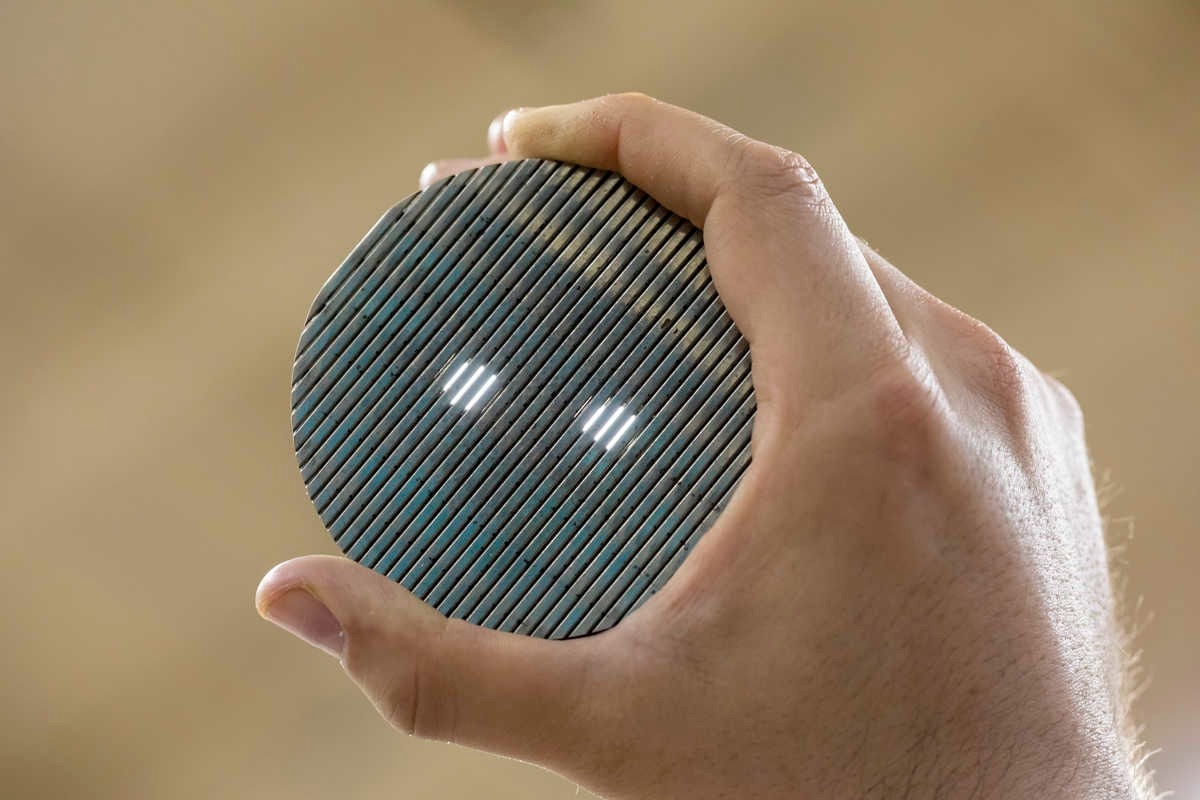Reviewed by Alex SmithNov 9 2022
The Southwest Research Institute (SwRI) has developed a new, more efficient approach for assessing alterations in sand control screens used in oil and gas production wells. The novel evaluation method, which is being broadened to evaluate other equipment in erosive situations, offers a more thorough perspective of where erosion occurs during accelerated life erosion testing on sand control screens.
 Microscopy methods. Image Credit: Southwest Research Institute
Microscopy methods. Image Credit: Southwest Research Institute
Sand screens in oil and gas production wells permit the production of fluids while keeping formation and fracturing sand in the reservoir. Fine formation sands, smaller than the screen gaps, travel through the screens on a regular basis, producing screen erosion and, finally, screen failure.
Sand produced in a well with oil and gas can erode the equipment from the reservoir to the surface, resulting in expensive production halts and well workovers to replace the damaged equipment.
Measuring erosion in sand screens is challenging because current industry methods provide a single point value describing the erosion that actually occurs differently in various regions. The industry currently uses two methods that provide inconsistent results. Those methods identify only the largest gap that results from erosive flow through a sand screen, whereas our method identifies each gap.
Jessica Brysch, Assistant Program Manager, Fluids Engineering Department, Southwest Research Institute
SwRI’s method graphically depicts the erosion in the sand screens so that a fuller picture of the erosion may be comprehended. The process entails using microscopic imaging equipment to examine both the screen and base pipe layers to map the material eliminated on both the screen and base pipe layers.
Our method utilizes novel microscopy. We have developed a novel visual method that offers spatial understanding of where erosion is happening. Our method allows us to see a map indicating the magnitude and location of erosion experienced across both the screen and base pipe layers.
Luis Gutierrez, Research Engineer, Fluids Engineering Department, Southwest Research Institute
Researchers utilized internal funds to create and test the new test technique. The SwRI erosion model graphically describes sand screen erosion, offering a much fuller representation of erosion impacts. This erosion visualization method has also been used for various types of equipment in hostile locations in order to measure erosion.
Using our technique, the industry could more accurately predict the life of equipment under specific well conditions, rather than waiting for them to fail. Considering sand screens are the primary defense against sand production, and are incredibly costly to repair, that’s a considerable advantage.
Jessica Brysch, Assistant Program Manager, Fluids Engineering Department, Southwest Research Institute